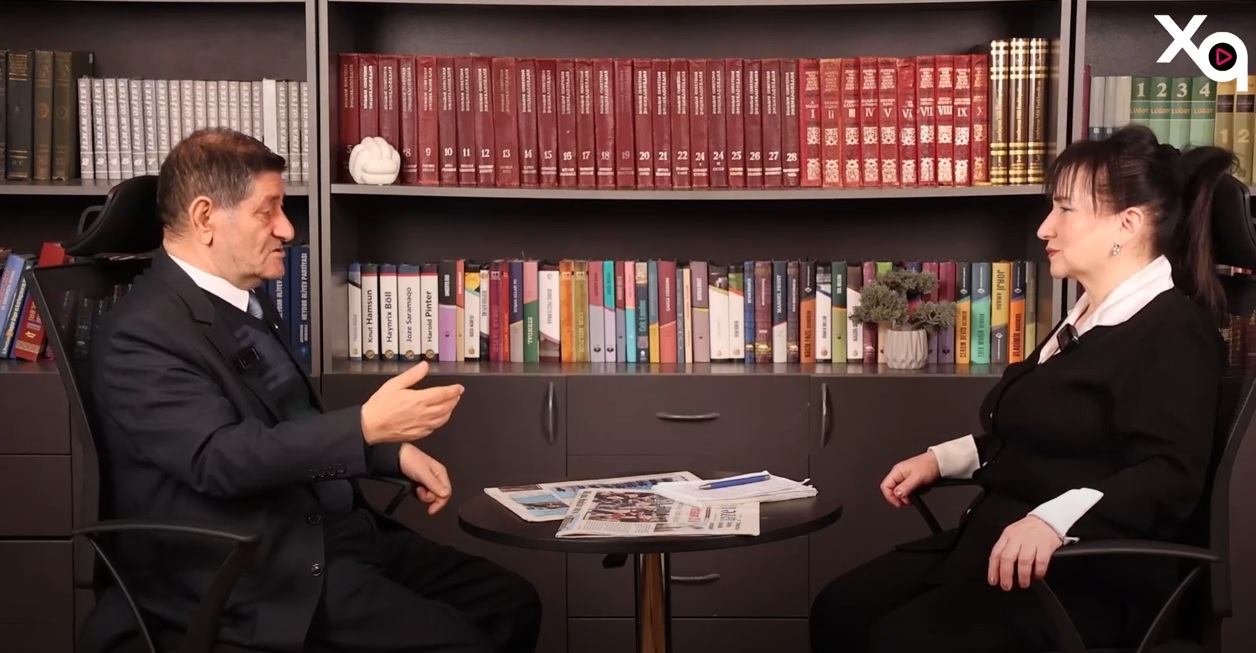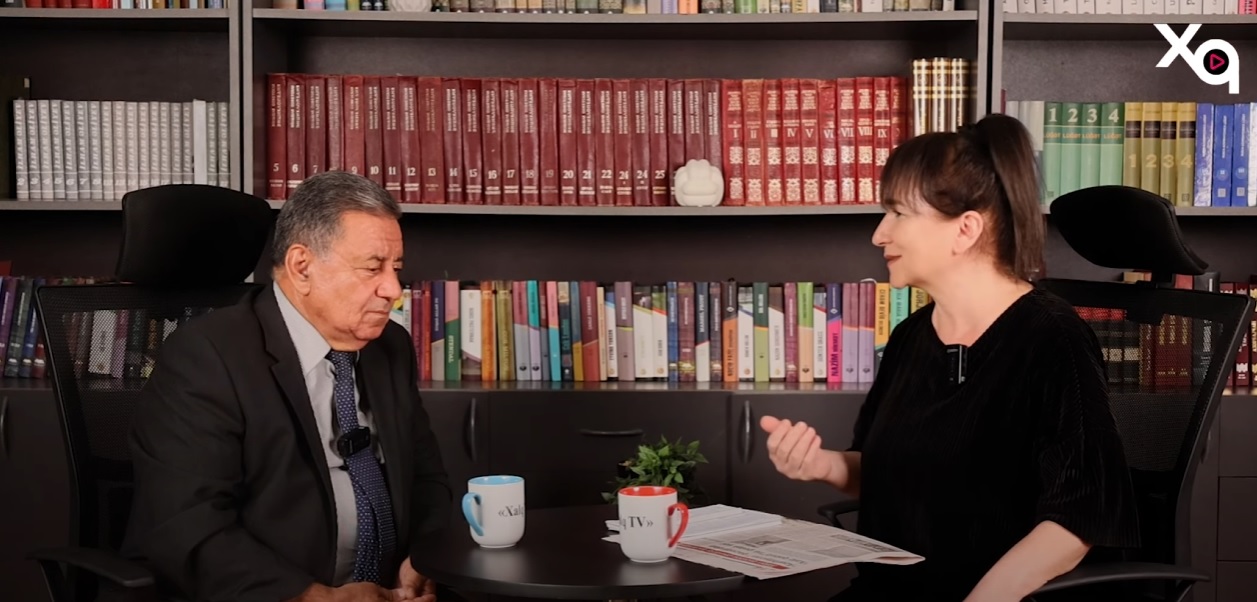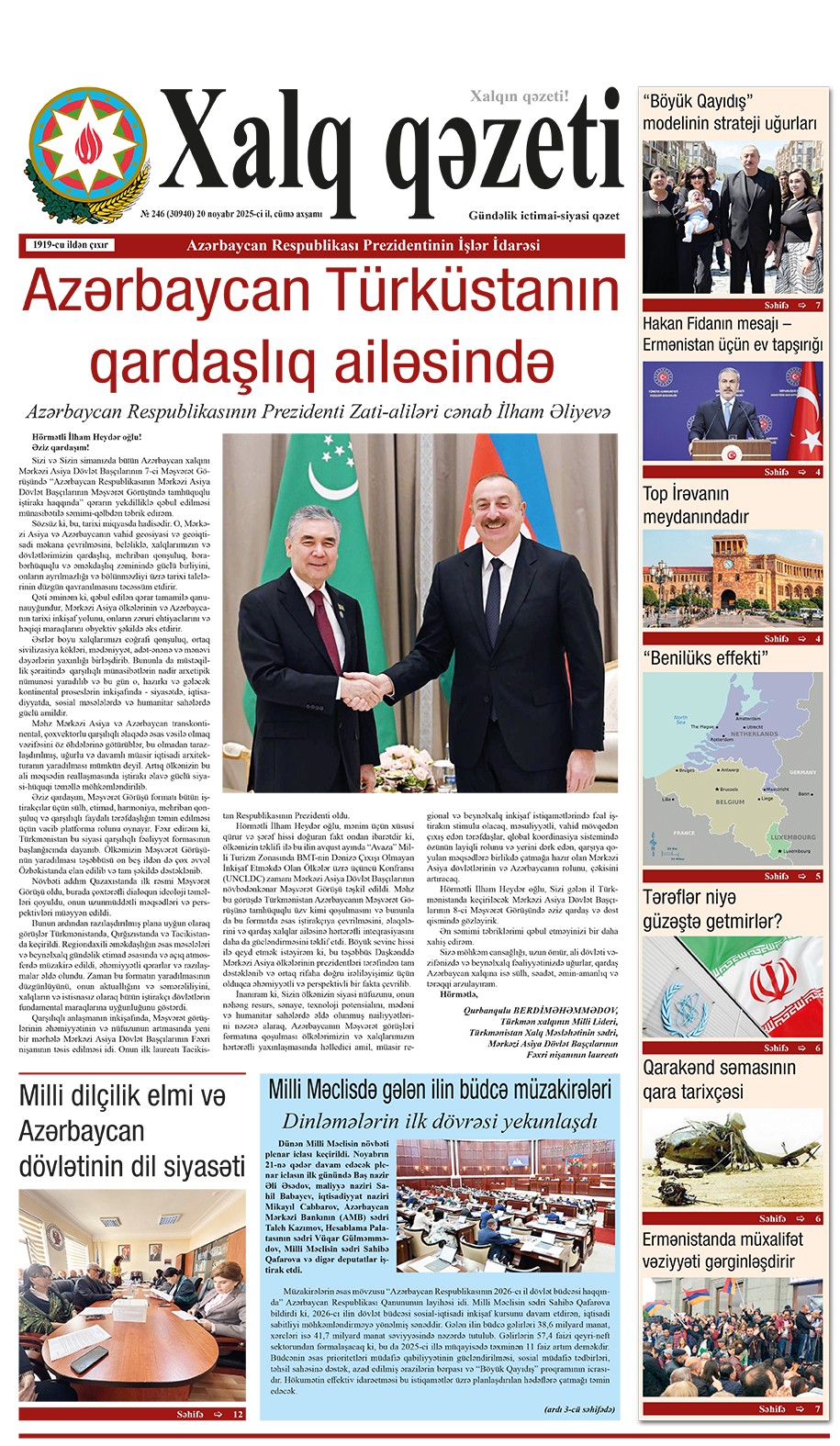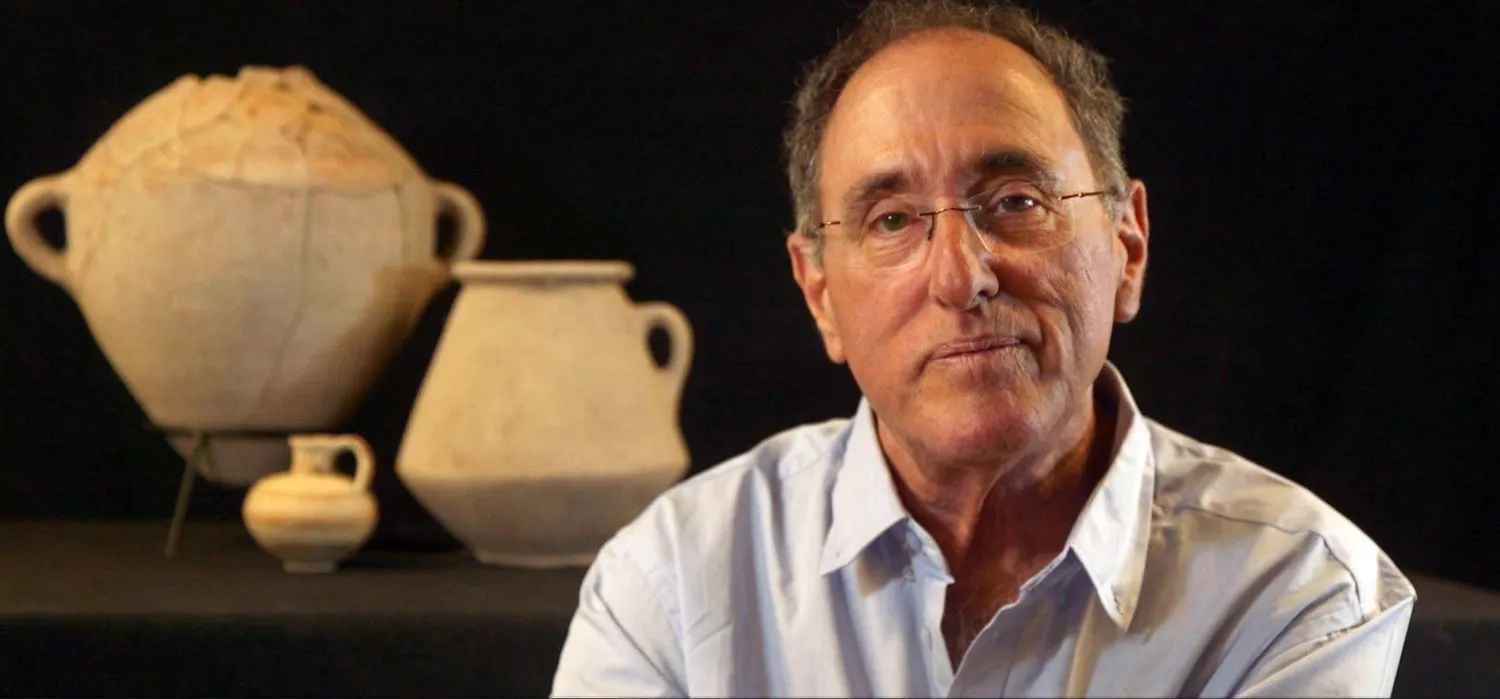By JERUSALEM POST STAFF
"Usually these bottles are broken by children to get the marble out, but this one is complete and may have been stored in a basement on a shelf and was never taken out prior to demolition."
Archaeologists found an unopened Victorian-era soft drink bottle over 120 years old in the parking lot of the Grafton shopping center in Cambridge, England, according to BBC News. The discovery was made ahead of work to convert the shopping center into a new science hub consisting of laboratories and offices.
The excavation is part of a multi-million pound redevelopment project. Archaeologists have been excavating the car park to uncover any historical artifacts before construction begins. The team, led by Les Capon, project manager with AOC Archaeology, has been meticulously exploring the area.
While excavating the site, the team found a glass soft drink bottle estimated to date from the 1890s. "We came across a glass soft drinks bottle estimated to date from the 1890s," said Capon, according to BBC News. "The bottle has a squeeze neck which still holds the marble inside that would have helped stop the fizz escaping the bottle."
Capon noted that it is rare to find such bottles intact because children often smashed them to retrieve the small marble inside. "Usually these bottles are broken by children to get the marble out, but this one is complete and may have been stored in a basement on a shelf and was never taken out prior to demolition," he added, according to BBC News.
The bottle features a unique design with a marble in the neck, which acted as a stopper to keep the drink fizzy. This type of bottle, commonly known as a Codd-neck bottle, was invented in the 1870s and was widely used during the Victorian era.
In addition to the soft drink bottle, the archaeologists discovered evidence suggesting that part of the area could have been a blacksmith's workshop. Capon believes that the presence of a forge and an anvil indicates the site once housed such a workshop. "One space had a section in the floor that was likely to have held an anvil, as archaeologists found bits of broken metal around it," he said, according to BBC News.
The team observed that the ground surface was "hard worn," and there was an "area of disturbance" in the corner, which could represent the location of a forge. These findings suggest industrial activity in the area during the Victorian period.
Capon mentioned that before the excavation, they were unsure about the original use of some of the buildings at the site. "We were not sure what some of the buildings at the site were previously used for until we started to dig," he added, according to BBC News.
He emphasized that the excavation provides invaluable insights into the lives of the people who once inhabited the area. "Archaeological excavation gives us an insight into the people who lived here, what they were doing and sometimes what their social status was," Capon said, according to BBC News. "In ash pits [where rubbish would be buried in gardens] is where we get the goodies."
"A lot of the broken things you see in museums come from the rubbish pits of the past... they tell us what life was like, the status of the people living there, how rich they were and what they were consuming or throwing away," he stated, according to BBC News.
The Victorian era in British history, spanning from June 20, 1837, to January 22, 1901, during Queen Victoria's reign, was a period marked by industrial, cultural, and technological advancements. The discovery of the bottle offers a tangible connection to that bygone era, shedding light on the everyday lives of people over a century ago.
As the redevelopment project progresses, the archaeologists will continue to explore the site to ensure that any additional historical artifacts are carefully preserved. The transformation of the Grafton shopping center into a science hub underscores the city's ongoing evolution, blending its historical heritage with future innovations.
Capon expressed enthusiasm for the findings, noting that each artifact adds to the understanding of the area's history. "Ancient people inform present-day people about what life was like at that time," he said, according to BBC News.
The unopened soft drink bottle, preserved for over a century, offers a unique glimpse into the daily lives of the Victorians and the legacy they left behind. The items uncovered during the excavation will be studied further to glean more information about the local history and the people who lived there during the Victorian era.


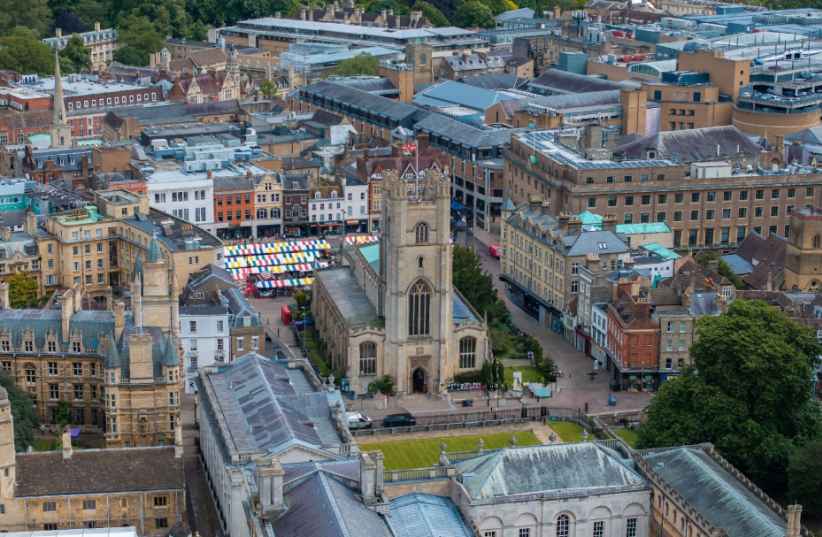


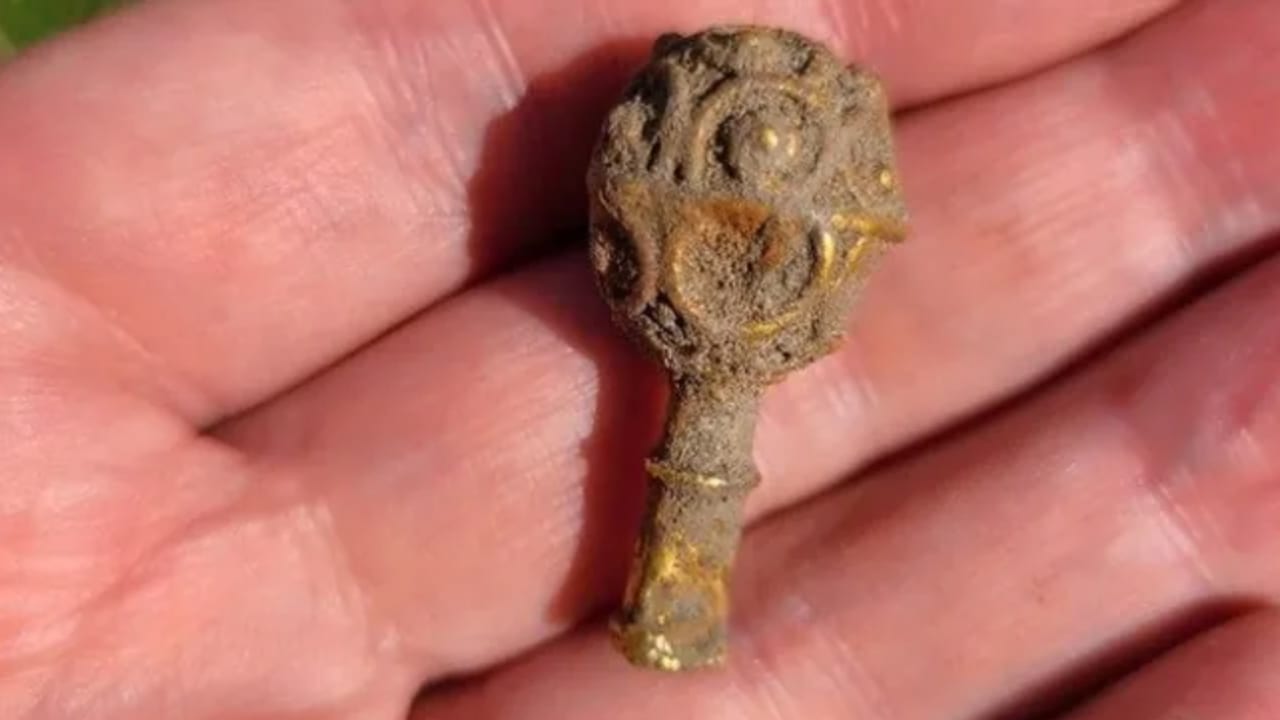




.jpg)

